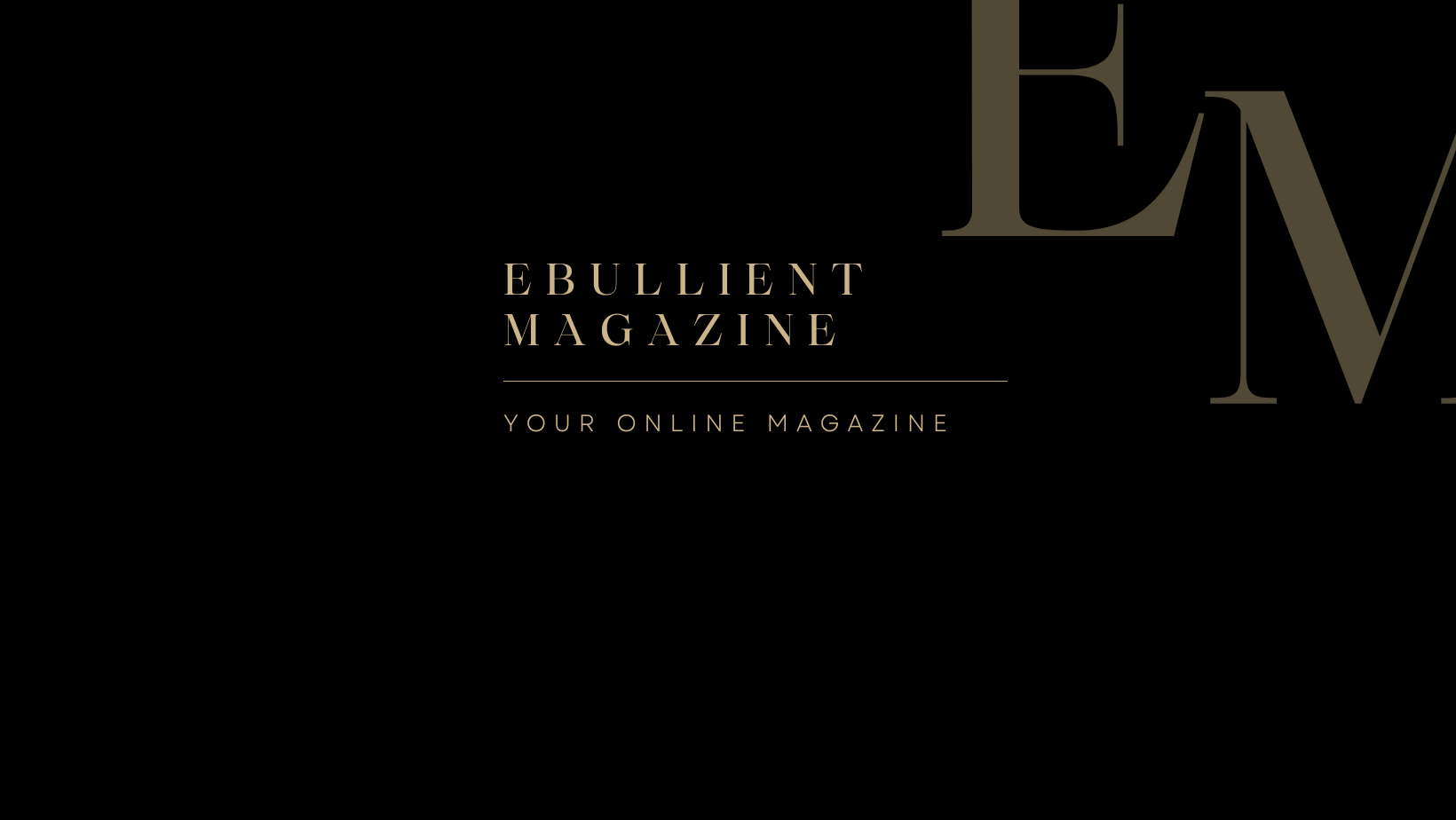
The Ideation Edge: Gaining Competitive Advantage Through Creative Thinking
What is Ideation?

Ideation refers to the process of generating, developing, and communicating new ideas. It involves brainstorming, conceptualizing, and refining potential solutions or concepts to address a problem, fulfill a need, or achieve a goal. Ideation can occur individually or collaboratively in a group setting. The goal of ideation is to explore various possibilities and perspectives, leading to innovative and creative outcomes. This process is often integral to fields such as product design, marketing, business strategy, and problem-solving in general.
The start of any business begins with coming up with ideas. It’s the first thing anyone wanting to be an entrepreneur should focus on. To be considered a good business opportunity, the idea should be either new or innovative. The best place to get ideas is from consumers or the market because they’re the ones who need certain products or services. If you’re creative, ideas naturally come to you, but if you’re not, you can find ideas by reading books or talking to creative people. Other sources include trade journals, industry events, and government initiatives.
Good business ideas are those that meet both current and future market needs. They could be products, services, or other things, falling into different categories such as:
- Need/want drives
- Time-saving drives
- Money savings
- Unique or incorporating strong competitive advantages
- Link to personal interest, preferably passion
The more idea a person produces, the more original and the better quality ideas one will find among them. When you come across an idea, you should put it in writing.
The most common way of developing ideas is as follows:
Recognizing the Need
Recognizing the need for a product or service is often the first step in starting a business. This could involve identifying a gap in the market, an unmet consumer need, or an area where existing products or services fall short. Once you’ve recognized this need, the next step is to develop an idea or product that can effectively satisfy that need. This can range from creating an entirely new product to improving an existing product or service.
Establishing a business concern around this need involves not only creating the product or service but also building a business model that allows you to deliver it effectively to your target audience. This may include conducting market research, developing a business plan, securing funding, and setting up the necessary operations to bring your idea to fruition.
Improving an Existing Product
Improving an existing product is a common strategy for entrepreneurial ventures. When consumers are dissatisfied with an existing product, it creates an opportunity for entrepreneurs to step in and introduce innovations or improvements. This dissatisfaction could stem from various factors such as poor quality, lack of certain features, high cost, or inconvenience.
By recognizing these pain points, entrepreneurs can develop new and improved versions of existing products, making them more appealing to consumers. This could involve enhancing the product’s functionality, improving its design, making it more affordable, or addressing other issues that may have caused dissatisfaction.
It’s also worth noting that this approach can lead to successful business ventures, provided that the entrepreneur can effectively address the concerns of consumers and offer a compelling value proposition.
Recognize Trends
Recognizing trends is a critical aspect of entrepreneurial success. By identifying emerging patterns in consumer behavior, market dynamics, technology, or other areas, entrepreneurs can capitalize on new opportunities to develop products or services that align with these trends. This proactive approach allows entrepreneurs to position themselves as leaders by being ahead of the curve and offering innovative solutions that meet evolving consumer needs.
To recognize trends effectively, entrepreneurs must stay informed about industry developments, consumer preferences, and technological advancements. This can involve monitoring social media, conducting market research, networking with industry experts, and keeping a close eye on changing consumer behavior.
By leveraging their insights into emerging trends, entrepreneurs can develop products or services that not only meet current needs but also anticipate future demands, positioning themselves as trailblazers in their respective industries.
Be aware of Everything
Being aware of the ever-changing landscape, be it in your industry, marketplace, or the broader business environment, is vital for entrepreneurial success. By staying informed and aware, entrepreneurs can identify new opportunities, anticipate potential challenges, and make informed decisions.
Research and reading play a crucial role in achieving this level of awareness. Engaging in extensive research allows entrepreneurs to gather insights about market trends, customer preferences, industry developments, and competitive strategies. This information equips entrepreneurs with the knowledge necessary to make strategic and well-informed business decisions.
In a rapidly evolving business environment, continuous learning and staying informed about a wide range of topics can help entrepreneurs adapt to changing circumstances, identify gaps in the market, and pivot their strategies accordingly. This ongoing awareness enables entrepreneurs to remain agile and responsive while positioning themselves for success.
There is no other way to know about what is happening around you, but to research and read.
Questions and Assumptions
In the business world, questioning the relevance and quality of products or services is not only common but also essential for continuous improvement. When consumers question the relevance or quality of a product or service, it can serve as valuable feedback for entrepreneurs and businesses. This feedback allows them to reassess their offerings and make necessary improvements.
Questioning can come from various stakeholders, including customers, industry experts, and even internal teams. This feedback helps identify potential problems, areas for enhancement, or opportunities for innovation. Addressing these questions and concerns with a genuine effort to improve the product can lead to a more refined, competitive, and customer-oriented offering.
Embracing constructive criticism and being open to questioning the status quo can drive businesses to refine their products or services, enhance customer satisfaction, and maintain a competitive edge in the market.
Naming it first, then, develop it
The concept of “naming it first, then developing it” underscores the importance of having a clear vision and concept for a business idea before diving into the development process. This approach emphasizes the significance of thoughtful planning and strategizing at the outset of an entrepreneurial endeavor.
The first step involves identifying and conceptualizing the business idea, including its core value proposition, target market, and unique selling points. This is where the “naming it first” aspect comes into play—by defining the idea and giving it a clear identity.
Once the idea has been named or conceptualized, the next step is to delve into thorough research and development. This stage may involve conducting market research, feasibility studies, and prototyping to further refine and develop the original concept. This process is aimed at shaping the idea into a viable business model, product, or service that offers real value to consumers.
By following this approach, entrepreneurs can ensure that they have a solid foundation for their business idea before investing substantial time and resources into its development.
Earlier, it is said that ideation is the beginning of a business. A wrong choice of idea could be the cause of business failure, so ideas need to be evaluated if it can be profit potential. The following are some tips in evaluating ideas:
1. Do not let your idea follow money, let money follow your ideas.
“Do not let your idea follow money, let money follow your ideas” essentially means that you should prioritize developing great ideas and creating value. Instead of chasing opportunities solely because they promise financial gain, focus on developing innovative and valuable ideas. When you have strong, creative, and useful ideas, money and success are more likely to follow naturally.
In simpler terms, it’s about putting the focus on creating something meaningful and valuable rather than just pursuing opportunities that seem lucrative at the moment.
2. See yourself as a problem solver.
“See yourself as a problem solver” means that you should view challenges and obstacles as opportunities to find solutions. Instead of feeling overwhelmed by problems, try to approach them with a positive mindset, seeing them as puzzles to be solved. By thinking this way, you can become more proactive and confident in finding creative and effective ways to overcome difficulties.
In simpler terms, it’s about having the mindset that you’re capable of finding solutions to problems, and looking at challenges as opportunities to showcase your problem-solving skills.
3. Use research as a weapon against failure.
“Use research as a weapon against failure” means that conducting thorough research can help you avoid making mistakes and failing in your endeavors. By gathering information and insights, you can make more informed decisions and reduce the chances of failure. It’s like arming yourself with valuable knowledge to protect yourself from potential pitfalls.
In simpler terms, it’s about the idea that doing your homework and gathering information can help you avoid mistakes and increase your chances of success.
4. Make sure your idea has longevity.
“Make sure your idea has longevity” means that you should consider whether your idea will remain relevant and valuable for a long time. It’s about creating something that can withstand the test of time and continue to be useful or in-demand for the foreseeable future. In essence, it’s about aiming for sustainability and lasting impact with your ideas or creations.
In simpler terms, it’s about ensuring that your idea can remain successful and relevant for a long time, rather than being only a short-term solution.
5. Take a risk on your ideas.
“Take a risk on your ideas” means that you shouldn’t be afraid to try new or unproven things. It’s about being willing to step outside your comfort zone and invest your time, energy, and resources into pursuing innovative or unorthodox ideas. Taking a risk on your ideas involves being open to the possibility of failure, but also recognizing the potential for great success and growth that comes with trying something new.
In simpler terms, it’s about being brave enough to try out your new ideas, even if there’s a possibility of things not working out as expected.
6. Test your idea against the past, present, and future.
“Test your idea against the past, present, and future” means that you should evaluate your idea by looking at how it relates to what has already happened, what is currently happening, and what might happen in the future. This involves considering historical trends, current market conditions, and potential future developments to see how your idea fits into this overall context.
In simpler terms, it’s about checking whether your idea makes sense based on what has happened before, what is happening now, and what is likely to happen in the future.
7. Know the idiosyncrasies of your market.
“Know the idiosyncrasies of your market” means that you should understand the unique or unusual characteristics, behaviors, and preferences of the specific market or industry you are targeting. By grasping these distinctive traits, you can adapt your products, services, or strategies to better suit the specific needs and nuances of your target audience.
In simpler terms, it’s about being aware of the peculiarities and specific quirks of the market in which you operate, so you can tailor your approach to fit those particular characteristics.
Once you generate an idea, it must be protected because it can make you a potential millionaire, like in the case of Bill Gates. There are many ways of protecting your idea from being stolen or claimed by others, and losing the opportunity to be known as the creator and the originator of the ideas. Aside from this, no company will pay you a royalty if the idea presented is not legally protected. The following are the ways of protecting your ideas:
a.) Confidentiality Agreements. It specifically provides that a signer will not share the idea to anyone. This is a typical agreement or contract where one should ask advise to a patents attorney or those with experience and expertise in the intellectual property rights.
b.) Patents. These gives the inventor exclusive legal rights to exclude anyone else from manufacturing, selling, importing, or using an invention during the life of the patent. The three general classifications are: Design, Utility, and Plants Patents.
c.) Trademarks. This is a word, name, symbol, or device used by manufacturers on merchants to identify their goods and distinguish them from others sold in the market. This should be used in conjunction with a business or a product, otherwise, this will not be granted.
d.) Copyrights. A copyright protects the creative works of composers, authors/writers, artists, and others. This is the easiest form of protection for Intellectual Property.
ENTREPRENEURIAL CREATIVITY
Creativity, innovation, and entrepreneurs are inseparable. Creativity is an essential part of innovativeness, the starting point of a process, which is skillfully managed and brings an idea into an innovation. It is
considered as a characteristic that is innate or inherent to every individual, but the social environment can influence both the level and frequency of creative behavior. It is particularly important to understand the role the environment can play.
ENVIRONMENTAL STIMULANTS TO CREATIVITY
- Freedom – a sense of control over one’s work ideas
- Good Project Management – a manager serves as a good role model
- Sufficient Resources – access to necessary resources
- Encouragement – management enthusiasm for new ideas
- Various Organizational Characteristics – a mechanism for considering new ideas
- Recognition – a general sense that creative work will receive appropriate feedback, recognition, and reward
- Sufficient time – time to think creatively about problem
- Challenge – a sense of challenge arising from the intriguing nature of the problem itself
- Pressure – a sense of urgency that is internally generated from the competition as a personal sense of challenge
- Outside Organization – from a general desire to accomplish something important
If there is an environment conducive to stimulating creativity, there are also environmental obstacles to creativity. These are the various organizational characteristics, which are an inappropriate reward system, the lack of freedom in deciding what to do or how to accomplish the task, and the organizational disinterest which result to lack of support, interest, or faith in project. It could also be the inability of the manager to set clear direction and the reluctance of managers and co-workers to change their way of doing things. Included also is the lack of appropriate facilities, equipment, materials, and the time pressure to think creatively about the problem.



































